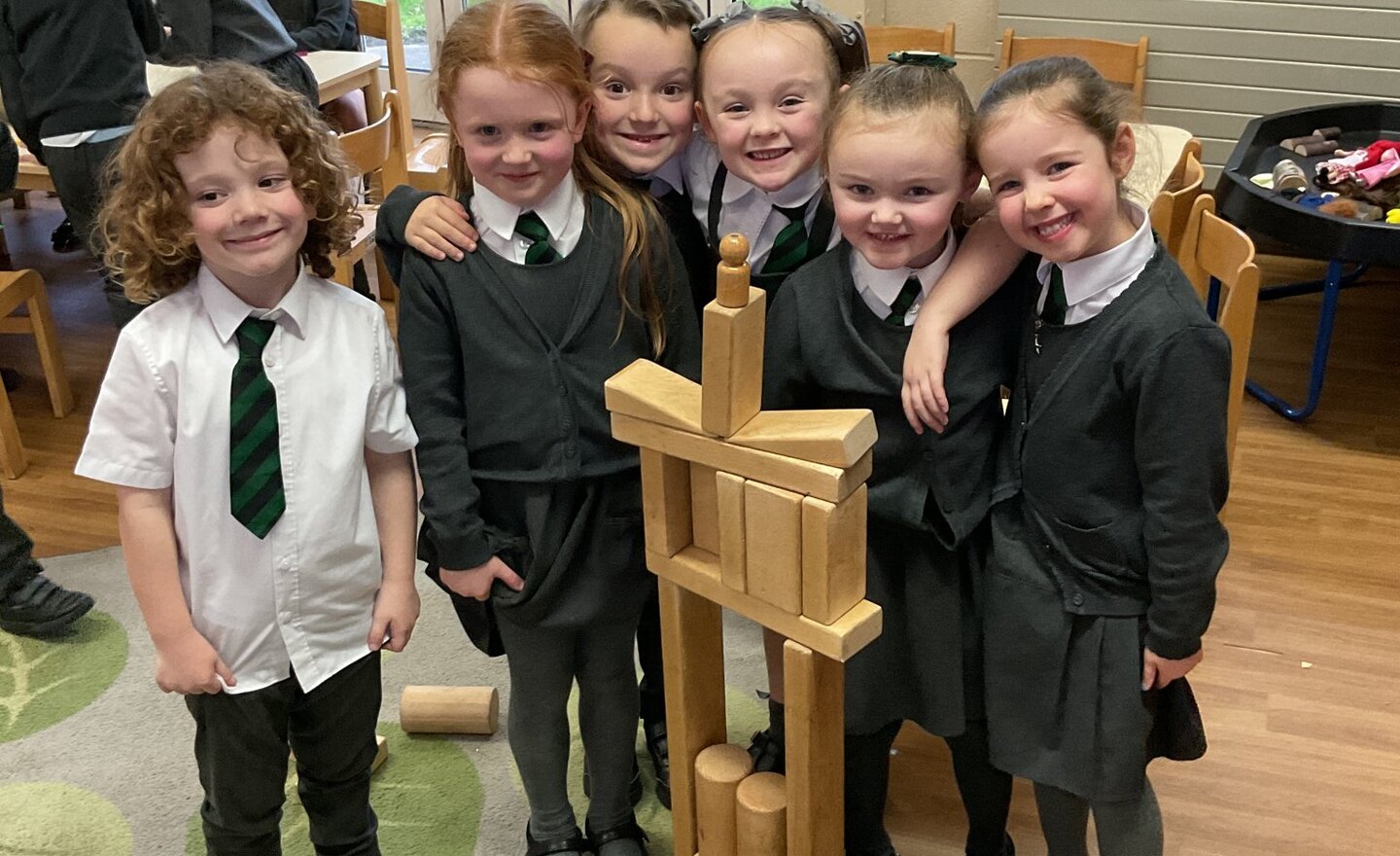“Enjoy failure and learn from it. You can never learn from success.”
- Sir James Dyson
Our Goal
At English Martyrs, we inspire children to develop their imagination and creativity through Design and Technology. Pupils design and make products that solve real problems, considering the needs of different users. Our curriculum develops their creative, technical, and practical skills for everyday tasks. We make cross-curricular links with subjects like maths, science, art, and computing to help them solve real-life problems. We also teach the principles of good nutrition and healthy cooking for their future wellbeing.
How we teach Design & Technology
Our Design and Technology curriculum ensures that all pupils:
- Develop creative, technical, and practical skills for a technological world.
- Build knowledge to design and make high-quality products.
- Critique, evaluate, and test ideas and products.
- Understand nutrition and learn how to cook.
The curriculum includes four strands:
-
Design
-
Make
-
Evaluate
-
Apply
Using the CUSP Design and Technology curriculum, we cover food and nutrition, mechanisms, structures, systems, electrical systems, materials, and textiles. Skills are revisited with increasing complexity throughout primary school. Lessons are practical, encouraging creativity and independence, and adapted to form cross-curricular links. Pupils document their ideas in sketchbooks, with lessons differentiated to ensure all children enjoy and benefit.
Impact
Our curriculum prepares children to be innovative and resourceful members of society. By the end of their primary education, children will:
- Understand various materials and resources.
- Use tools to shape, decorate, and manufacture products.
- Apply skills to produce high-quality outcomes, including models, prototypes, CAD, and products.
- Understand healthy eating, diets, and recipes.
- Appreciate key individuals, inventions, and events impacting our world.
- Recognize the impact of their decisions on community, social, and environmental issues.
- Self-evaluate and reflect on their learning to identify areas for improvement.
- Meet the national curriculum expectations for Design and Technology and Computing.
Progress is evidenced through sketchbooks, display work, and dialogue with the children (using the pupil book study approach).
Related Blog Posts
Year 1- Design & Technology
Year 1- Design & Technology
We have been learning about the Leaning Tower of Pisa in Italy. We have looked at different methods of joining- slots, flaps and flanges. We then designed our own amazing towers. We will build our towers this week in class.
Year 1- Design & Technology
Year 1-Design &Technology
How can we stop a tower from toppling over? The children have used various resources to make towers in class this afternoon. We talked about the size of the base and how to make it balance.
We also looked at a picture of The Leaning Tower of Pisa and talked about…
Road Safety
Today the children worked in small groups to create a safety belt.
They had to ensure that it would be effective at meet the product design brief.
After, they assessed whether their belt had met the criteria of the brief.
.jpg)
.jpg)
.jpg)
.jpg)
.jpg)
.jpg)

.jpeg)